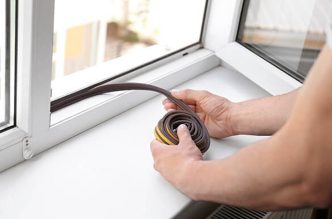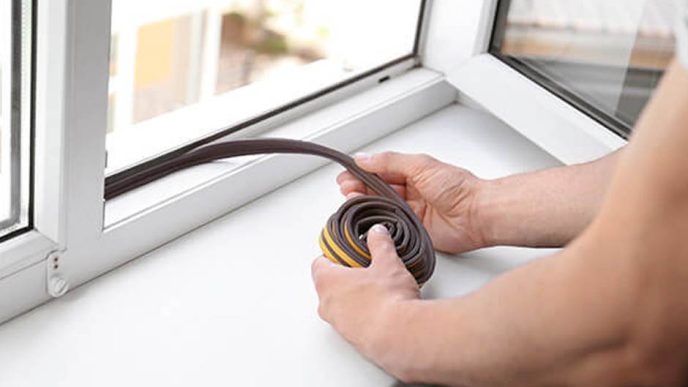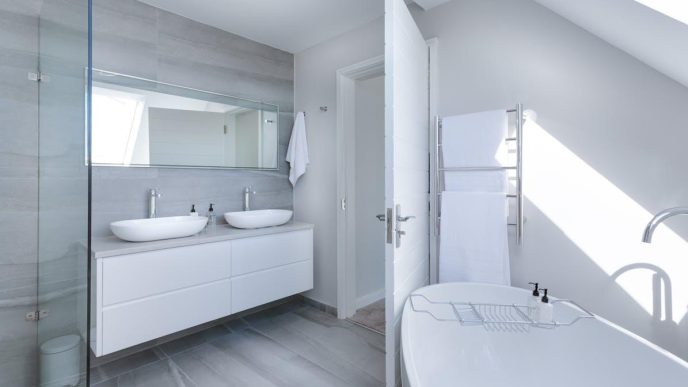When the weather turns cold or the air outside feels thick with pollen or smoke, keeping the windows shut seems like the only choice. But after a few days, the air inside starts to feel stuffy. It may smell stale or seem heavier than usual. You might even notice more dust or wake up with a dry throat. These are signs that your indoor air needs attention.
Homes in Pleasant Hill, CA, often face this issue when residents keep their windows closed for long stretches during cooler or smoky days. The good news is that improving air quality indoors doesn’t require fancy equipment or complicated changes — just a few smart habits and regular maintenance.
This guide explains practical ways to keep your indoor air feeling clean and fresh even when your windows have to stay closed.
1. Schedule Regular HVAC Maintenance for Cleaner Circulation
Your HVAC system works all year, moving air through every room. Over time, dust, pollen, and debris collect inside it. Regular professional maintenance keeps the system clean and running efficiently. A trained technician can check filters, clean coils, and inspect ducts for hidden buildup.
If you live in the Bay Area, One Hour Heating & Air Conditioning® of Pleasant Hill offers professional maintenance services designed to keep your system performing at its best. Regular tune-ups not only help your air stay clean but also extend your equipment’s life and prevent costly breakdowns.
2. Use an Air Purifier That Matches Your Space
An air purifier is an effective way to remove fine dust, smoke, and allergens that filters may miss. But one size doesn’t fit all. A purifier that’s too small won’t clean the air fast enough, and one that’s too big can waste energy. Always match the purifier’s size to the room where you’ll use it.
Models with HEPA filters do the best job of trapping small particles like pet dander and pollen. Keep one in bedrooms or high-traffic areas where people spend the most time. Remember to clean or replace the filters as the manufacturer recommends. With consistent use, a good air purifier can noticeably improve how clean your air smells and feels.
3. Balance Humidity for Comfort and Clean Air
Humidity plays a big role in indoor air quality. Too much moisture creates a breeding ground for mold and mildew, while very dry air can irritate your skin and throat. The goal is to keep indoor humidity between 30 and 50 percent.
You can use a small humidity gauge to check your levels. If the air feels damp or musty, run a dehumidifier to pull out excess moisture. If it’s too dry, especially in winter, a small humidifier adds enough moisture to stay comfortable. Balanced humidity helps keep air fresh, reduces allergens, and prevents musty smells from taking hold.
4. Add Houseplants That Help Refresh the Air
Certain indoor plants can make your home feel fresher while adding a touch of green. While plants alone can’t replace filtration systems, some species are known to help absorb small amounts of common pollutants and improve humidity levels.
Plants like snake plants and spider plants are good options for beginners. They’re low maintenance, tolerate indoor conditions well, and can handle indirect light. Place a few around living areas or near windows to give your rooms a cleaner and calmer atmosphere. Remember to keep the soil from staying too damp to avoid mold growth. With proper care, a few healthy plants can subtly support cleaner air and make your home more inviting.
5. Choose Cleaning Products That Don’t Pollute the Air
Many people don’t realize that the very products they use to clean their homes can add pollutants to the air. Sprays, polishes, and scented cleaners often contain volatile organic compounds, or VOCs, which evaporate and linger indoors. These chemicals can irritate the eyes, throat, and lungs — especially in homes with limited ventilation.
To reduce exposure, choose fragrance-free or low-VOC cleaners. Vinegar, baking soda, and mild dish soap can handle most household cleaning tasks without adding harmful residues. Also, avoid burning scented candles or using aerosol sprays every day. They may smell nice for a short time, but they add unnecessary particles to your indoor air. Making these small switches helps keep your home cleaner in every sense of the word.
6. Use Proper Ventilation While Cooking
Cooking releases heat, moisture, and small particles into the air. Frying, searing, and even boiling can produce fine particles that stick around long after dinner. That’s why kitchen ventilation is one of the most important parts of keeping indoor air clean.
Always turn on the range hood or exhaust fan when you cook, and make sure it vents outside rather than recirculating air. Clean or replace the hood filter regularly so it can capture grease and smoke effectively. If your kitchen doesn’t have a hood, consider placing a small air purifier nearby to help capture lingering particles. Simple steps like these can keep odors from spreading and make your kitchen air fresher day to day.
7. Let Fresh Air In When Conditions Allow
Even if you keep windows closed most of the time, it’s helpful to open them briefly on mild days. A few minutes of fresh air exchange can refresh indoor spaces and remove stale odors. If outdoor air quality is good, create a cross-breeze by opening windows on opposite sides of your home. This helps move air quickly and replaces stagnant indoor air with cleaner outdoor air.
You can also use ceiling or portable fans to improve circulation when windows are closed. Air movement prevents stagnant pockets and keeps your home feeling more comfortable. Just remember to dust fan blades often — clean fans mean cleaner airflow.
Keeping indoor air fresh without open windows takes some attention, but it’s manageable with consistent habits. Clean filters, balanced humidity, and proper ventilation all work together to improve comfort and air quality. Adding a few plants, choosing safer cleaning products, and maintaining your HVAC system make a noticeable difference in how your home feels and smells.
Fresh indoor air supports better health, comfort, and peace of mind. With small, steady steps, you can create a cleaner environment that keeps your home comfortable through every season — windows closed or not.














